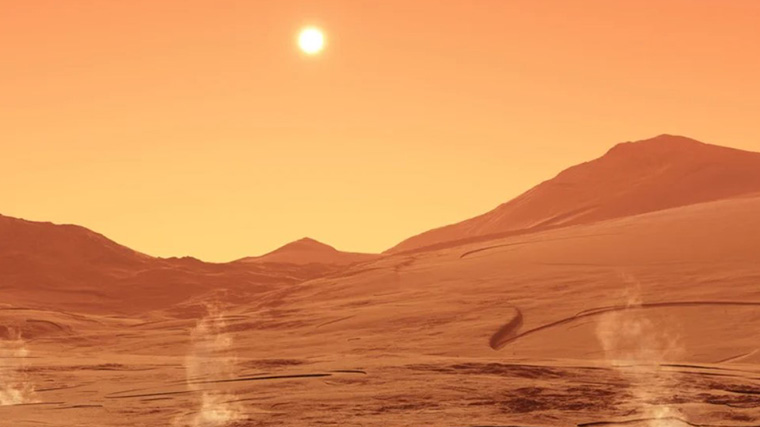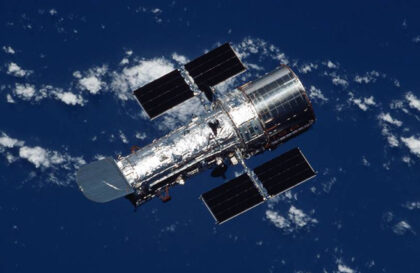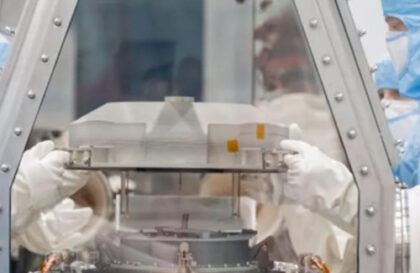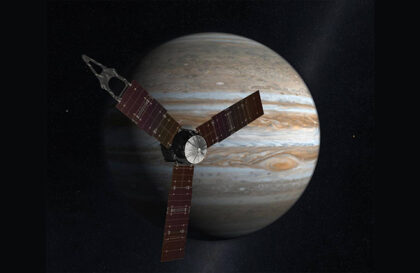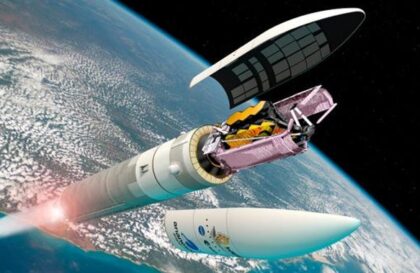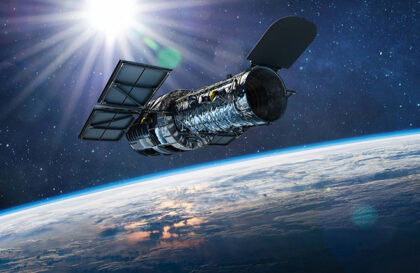The Perseverance spacecraft, which landed on the surface of Mars in July 2020, achieved an important achievement – for the first time extracted oxygen from the planet’s atmosphere. This breakthrough moment has profound implications for future space travel and exploration.
How did Perseverance get oxygen?
The atmosphere of Mars differs significantly from the Earth’s, having a low density and a carbon dioxide content of about 96%. This makes breathing the Martian atmosphere impossible for humans. Despite this, the discovery of oxygen on Mars opens up new perspectives. The method developed for extracting oxygen uses a special device called MOXIE.
MOXIE is an experimental system designed to convert local resources into oxygen. The MOXIE process is similar to the mechanism used by plants – carbon dioxide enters the system, and oxygen is released as a result of an electrochemical reaction. The process involves heating carbon dioxide, treating it with electricity at high temperatures around 800°C, and then separating oxygen atoms from carbon dioxide molecules. It is important to note that the electrolysis process is carried out using the MOXIE system, which allows oxygen to be produced from the Martian atmosphere.
In this method, carbon dioxide is first heated and compressed and then passed through the electrolysis cells. Through an electrical reaction, carbon dioxide molecules are split into oxygen atoms. The resulting oxygen is cooled and condenses into a liquid. Such a process can provide a significant amount of oxygen needed both for breathing and for use in rocket engines.
Can we now breathe oxygen created on Mars?
No. However, it is worth noting that MOXIE is an experimental prototype of a limited size, like a toaster, integrated into the “Perseverance” machine, and is not a complete stand-alone system. Because of this, the current version of MOXIE is not capable of providing enough oxygen for long missions. During a year on the surface of Mars, four astronauts will need approximately 1 tonne of oxygen. However, the first MOXIE test, even with NASA estimates, showed only a small performance – about 5 grams, which is approximately the volume sufficient for a 10-minute breath of one person.
The current iteration of MOXIE cannot be scaled. Its main purpose is to assess the ability to meet the basic technical requirements. The prototype is designed to run at least ten cycles, each producing about 6 grams of oxygen at 98% purity per hour.
The first launch of MOXIE was successful, but more difficult tests are ahead of the experiment. Given that a full-fledged system in the future should operate in various weather conditions on Mars, the next nine MOXIE test cycles will be carried out at different times of the day, at different temperature conditions. It is also planned to test the operation of the device even during dust storms, which pose a potential danger not only for future astronauts but also for robotics.
What will it give to space expeditions?
The application of this technology is critical for future missions to Mars and other planets. Oxygen is essential both for crew breathing and as a component of rocket fuel.
This achievement is also important for the transition to long-term missions to explore other planets. MOXIE has shown that recycling local resources in space is technically possible. This technology can be applied to create various resources such as drinking water, fuel, and building materials, which can greatly simplify and reduce the cost of long-term space missions.
We are talking about a real opportunity not only to send but also to return astronauts home from Mars. MOXIE project supervisor Michael Hatch believes the technology will provide enough oxygen for rockets to launch from the surface of Mars. To burn fuel during launch, the spacecraft will need about 25 tons of oxygen. It is very expensive and dangerous to carry such a volume from Earth to Mars.
The little MOXIE showed scientists that the technology works, which means that NASA’s manned expedition to Mars by 2030 is becoming more and more real. The development of a new prototype is already underway, and soon the updated MOXIE will be almost like Perseverance itself – weighing about 1 ton, a little larger than a household stove, and the device will already produce tons of oxygen.
MOXIE is a step towards improving systems for the disposal and recycling of local resources. In the future, such devices will be able to produce from extraterrestrial products not only oxygen, but also drinking water, building materials, rocket fuel, hygiene products, and even create conditions for growing plants. This means that people on other planets will not depend on earthly resources, but will be able to get everything they need on their own on other planets, which is critical for long-term space missions.
NASA expects to demonstrate and test such technologies before an expedition to Mars during the Artemis mission to the Moon in 2024 – As part of the Lunar Surface Innovation Initiative, it is planned to create products using lunar materials – for example, convert ice on the Moon into drinking water.
Credit рhoto:
https://techno.nv.ua
https://www.jpl.nasa.gov
